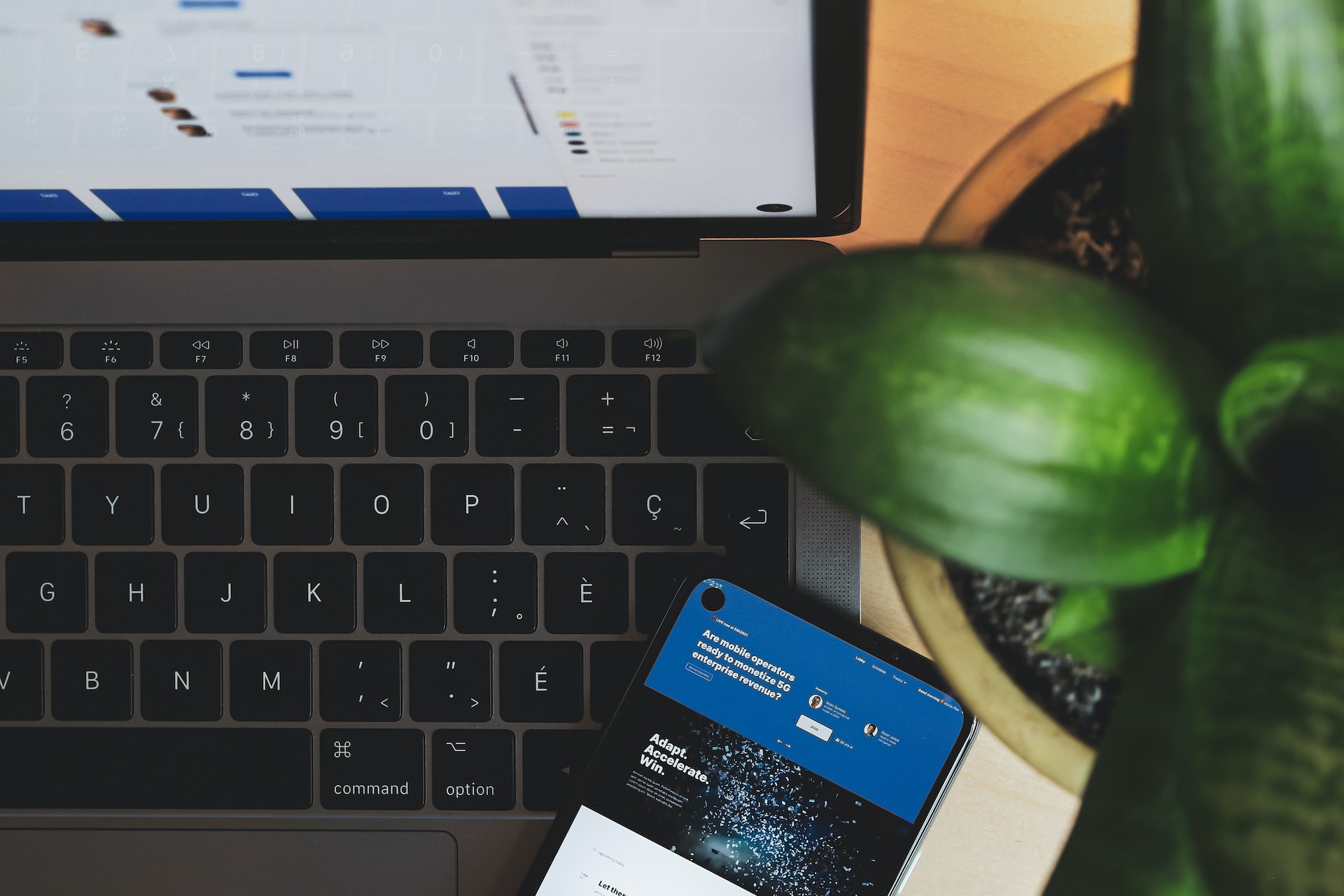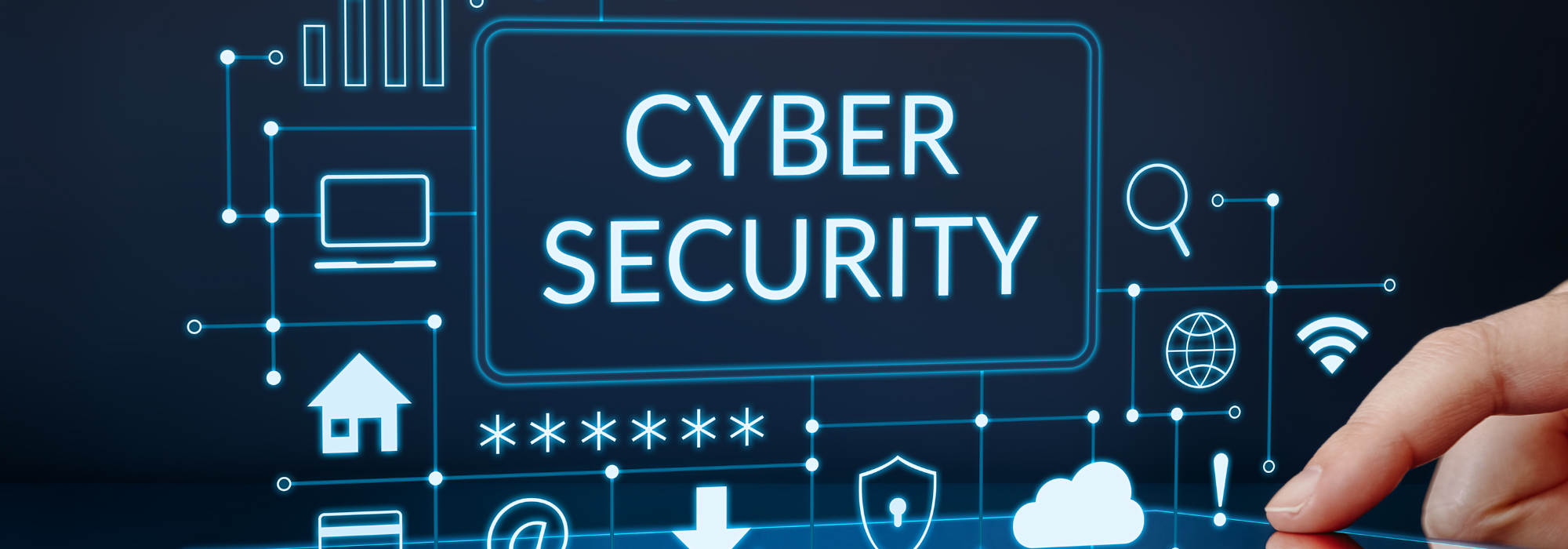Cybercrime is a major issue in the XXI century. The emergence of online shopping and numerous opportunities to make money online attracted cyber criminals. Moreover, technological advancement provides sophisticated hacking tools that often cost nearly nothing.
The alarming truth is that no one is safe from cybercrime. Hackers steal credit card and phone numbers, passwords and usernames, personalized information for Phishing scams, or gather and sell user data for ad targeting.
Some cyber attacks are barely noticeable. Meanwhile, others can drain your bank account empty. Continue reading to learn how to protect yourself from cybercrime with these four steps.
Software Updates
Many people delay software updates. However, it’s a critical mistake that can put you in danger. For example, the 2017 WannaCry ransomware affected more than 200,000 devices globally. It could have been prevented by applying Microsoft’s released update two weeks before it hit.
Applying software updates immediately is of utmost importance. No software code is 100% safe, and developers continuously look for vulnerabilities in it. Upon noticing mistakes, they rush to secure them and release a hotfix. People who don’t apply it on time leave these vulnerabilities open for exploitation. Furthermore, hackers use search engines like Shodan to find vulnerabilities in Internet-connected devices.
Cybersecurity Knowledge
Cybersecurity experts worldwide recommend regularly reading about the latest cyber threats. It doesn’t mean you have to take exhaustive cybersecurity or web development courses. However, spending a few hours monthly will keep you updated.
Right now, Phishing amounts to 80% of reported cybersecurity incidents. Phishing is a hacking and social engineering technique that exploits human error. It is often carried out via email but can also happen via SMS, phone calls, and online chat rooms.
Cybercriminals work tirelessly to improve Phishing campaigns. Moreover, they get help. People share much personal information over social networks, which is then used to improve Phishing scams. Instead of sending a generic email with an infectious link, they use information from social media to personalize them. Contemporary Phishing scams frequently involve a real name and surname, genuine home address, birth date, and whatever else you share online.
A troubling yet effective example is Covid-19 Phishing scams. Hackers combined real user information with a healthcare crisis to trick people into clicking on infectious links. Many did. However, if you read about these scams, you will know what to look out for and how to identify Phishing emails. Cybersecurity knowledge will also help you secure your online accounts – let’s get to it.
Online Account Safety
When the Internet was young, people had only a few password-protected online accounts. With an email and a few online forums, there wasn’t much to do online. People now pay for Spotify, Netflix, and Twitter or make money on Instagram, Twitch, OnlyFans, and the like.
These accounts hold real monetary value. However, many people leave them barely protected, relying on the service provider for safety.
It’s best to take the initiative to secure your online valuables. Firstly, improve password management habits. It would be best if you had a unique and complex password for every different service you use. Using the same password twice can result in a Credential Stuffing Attack. Losing a Netflix account is not that costly, but you can lose your primary income if your profitable Instagram account gets hacked.
We recommend using password managers and enabling multi-factor authentication (MFA) whenever possible. Fully-developed password managers offer a password generator feature to provide reliable passwords. Moreover, they store them in a secured encrypted vault to prevent unauthorized access. At the same time, MFA will guarantee your account remains safe even if you suffer a password leak. Most paid online services offer at least a few MFA options. Use them for the best.
Data Encryption
Data encryption is the new standard for online safety. 80% of websites now run on HTTPS protocol, which encrypts online data flow. However, professional hackers can bypass standard protection, such as man-in-the-middle attacks on a public Wi-Fi network.
Consider using an AntiVirus and a VPN if you often connect to public Wi-Fi. The former will alert you of possible infection. Meanwhile, the latter will apply additional encryption to hide your browsing activities from unnecessary attention. Lastly, subscribe to storage encryption software if you upload personal information to any Cloud service.
Conclusion
These four easy steps will significantly increase your online safety. Some are paid services; however, they won’t hurt your wallet much. Furthermore, investing a few dollars per month in cybersecurity will save you unnecessary losses in the future.
















